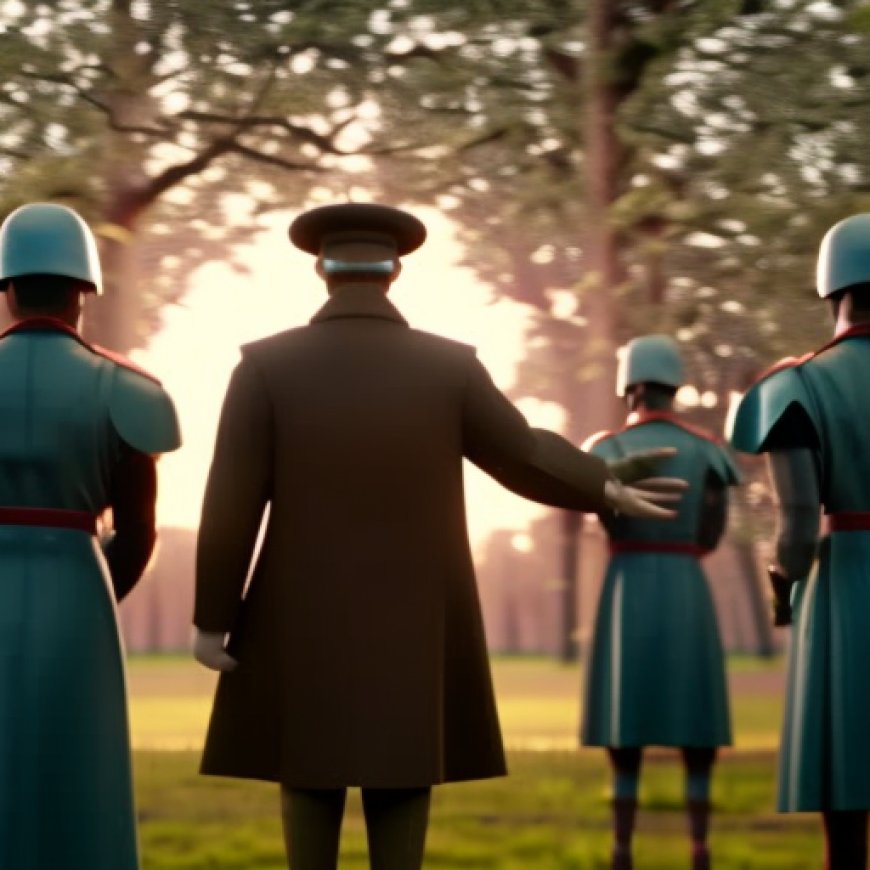Addressing War’s Invisible Wounds On The Brain, A Neurologist Explains
Addressing War’s Invisible Wounds On The Brain, A Neurologist Explains Forbes



Sustainable Development Goals (SDGs) and the Impact of Armed Conflict on Children
Introduction
The current events in the Middle East highlight the enduring effects of children’s exposure to armed conflict, which persist long after the conflict itself has ended. While we may be familiar with the invisible wounds soldiers experience from engaging in battle, much less is said about the invisible wounds suffered by children living in zones of active conflict. These inconspicuous wounds apply not only to children in the Middle East, but also to children around the world who are directly exposed to any of the 32 ongoing armed conflicts.
Childhood Wartime Trauma
Without directly engaging in battle, children suffer some of the most devastating injuries during war and other forms of armed conflict. They are killed and permanently disabled, and even those who seemingly were not physically harmed experience permanent invisible wounds in the form of brain injuries that result from the adverse childhood experience of living through war.
Experiences that Scar Children
- The child surviving and finding out that their parent was killed
- The child witnessing their parent or sibling being killed
- The child witnessing their parent being sexually assaulted
- The child being physically abused by someone who has been traumatized
- The child watching their home, school or place of worship destroyed
- The child being directly threatened with a firearm
Traumatic Experience Impact On The Brain
There is no traumameter to track adverse childhood experiences, also known as ACEs, so the full impact of the trauma is difficult to grasp. Current tools used include a series of questionnaires, like the child PTSD symptom scale, brief trauma questionnaire and the trauma history questionnaire, which can be administered to the child or the child’s parent to gauge trauma exposure. These questionnaires may not fully capture how the exposure has impacted the child. Paying careful attention to a child’s physical symptoms can help to fully understand the impact trauma has had on the child’s mind and body.
The child’s brain may have difficulty supporting its regular mental processes, and its development may be altered, which could manifest as learning disabilities, lowered IQ, memory and attention problems and poor educational outcomes. Additionally, how the child engages with those around them could be significantly altered.
Traumatic experiences have been shown to alter the child’s entire life course with them living shorter lives and having maladaptive responses to future stressors. Children who experience such stressors are also more likely to later abuse alcohol, develop suicidal tendencies and contract sexually transmitted diseases, among other medical conditions.
Trauma Rehabilitation
After a conflict ends, there is massive rebuilding to replace or repair demolished infrastructure. So, too, must traumatized children be rehabilitated. There is a shortage of pediatric mental health providers in the U.S., and the situation is much worse in war-torn countries. Government and non-government organizations can play a major role in this process by committing the resources needed to support these children.
Even children who are not living in the conflict zones can be impacted by war and armed conflict. Parents should be mindful of their children’s media consumption and the media they themselves consume in the presence of their child. Taking extra steps to make the child feel safe is important. News constantly replayed may seem like brand new events to the child. Younger children may not fully grasp their physical distance from the conflict and may fear that the conflict is at their doorstep so reassurance may be needed. If the child starts to have behavioral changes or unexplained physical symptoms, a visit to the pediatrician and early intervention by a mental health professional will be important.
When a child is exposed to war, the trauma from that experience can result in modifications in the brain that lead to a cascade of changes in the body that, without proper intervention, can contribute to adverse health outcomes later in life. Although there is no established traumameter to follow the impact of ACEs and children may not be able to fully tell the story of their war experiences, their bodies can. We just need to listen to them.

Join us, as fellow seekers of change, on a transformative journey at https://sdgtalks.ai/welcome, where you can become a member and actively contribute to shaping a brighter future.







